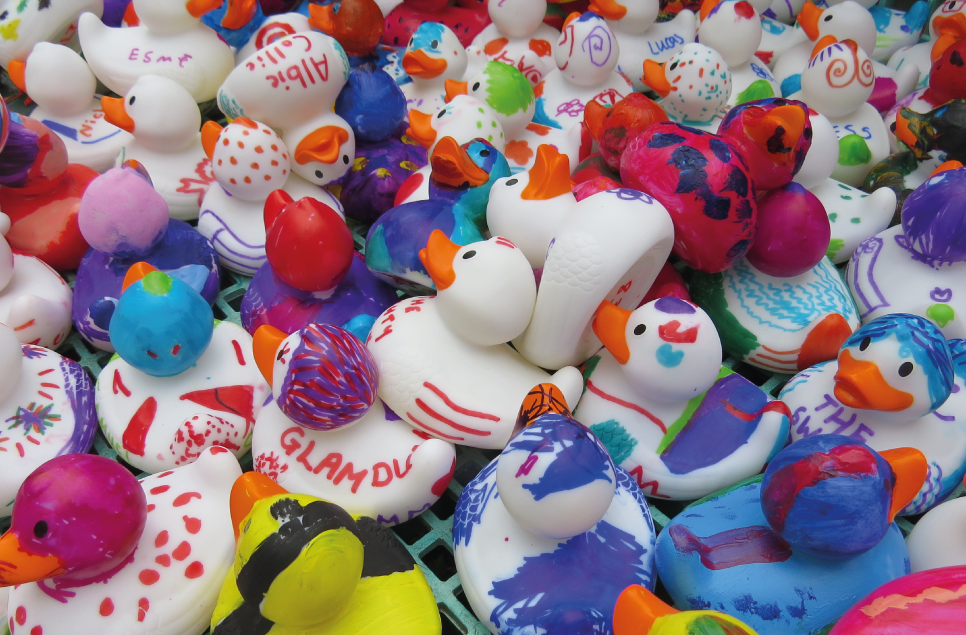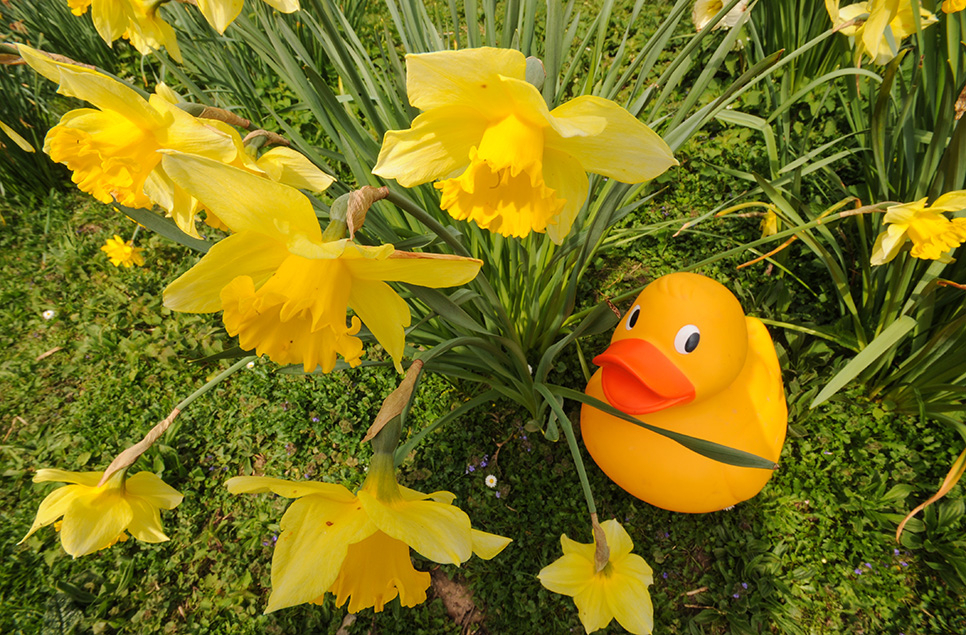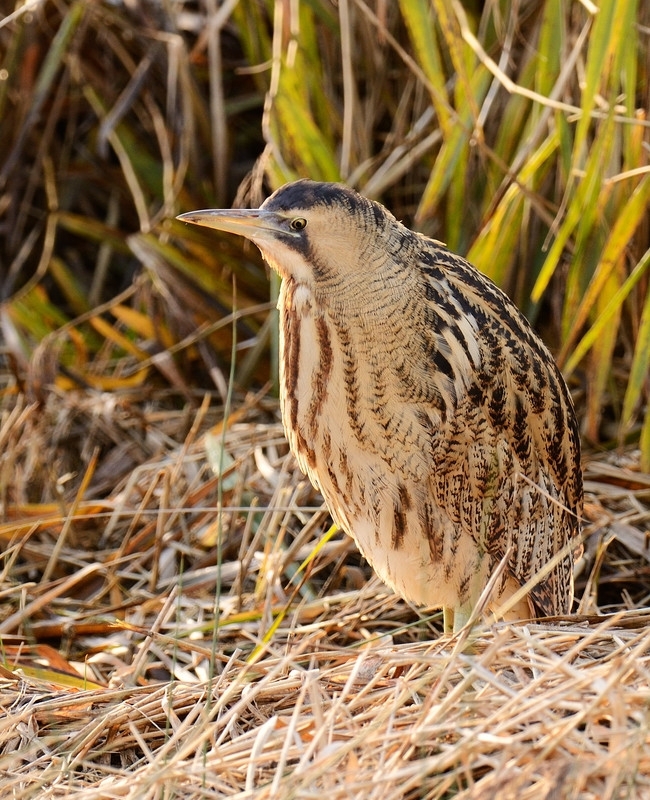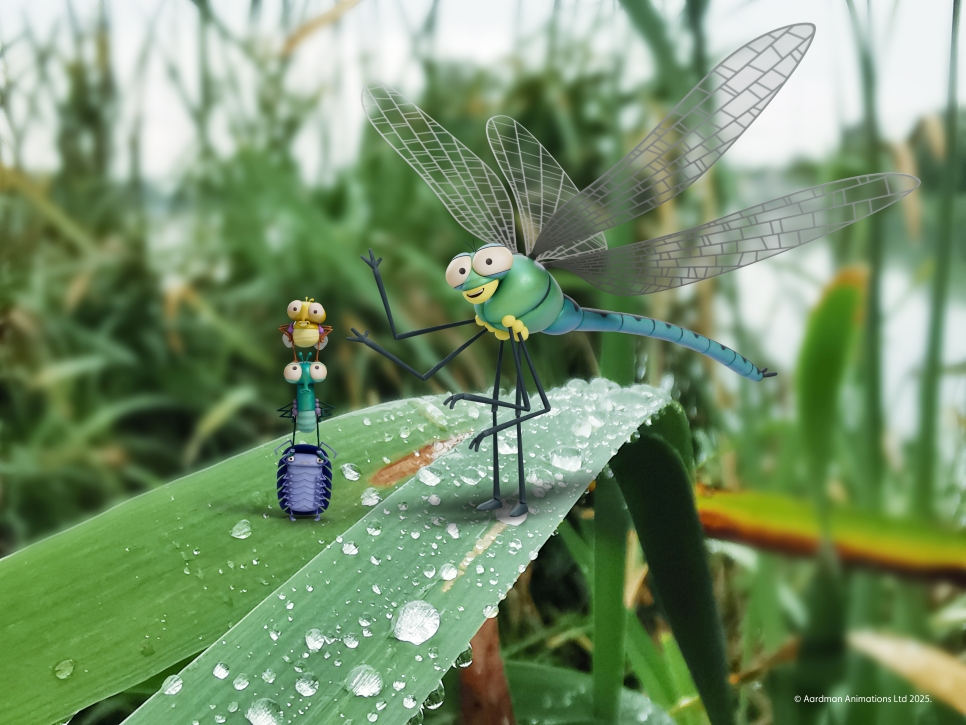Wildlife wonderland on Martin Mere’s nature reserve
Spring is such a fantastic time to visit Martin Mere, with the ducks in the wildfowl collection at their showy best and the first ducklings starting to hatch. However, it is also a great time to see and hear native British wildlife on the nature reserve.
Spring is such a fantastic time to visit Martin Mere, with the ducks in the wildfowl collection at their showy best and the first ducklings starting to hatch. However, it is also a great time to see and hear native British wildlife on the nature reserve.
Spring sees our winter swans departing for Iceland but they are replaced by summer visitors and by ducks and waders breeding on the wet grassland. With migration now in full swing, this year has already been exceptional for the variety of wildlife seen on the reserve and it is no wonder that one birdwatching magazine ranked Martin Mere as being in the top ten sites in the country for birdwatching.
The noise in the reedbeds is getting louder and louder each day as more and more sedge and reed warblers arrive from Africa. Up to nine Cetti’s warblers are also belting out their explosive song and, if you hear a loud, incessant grasshopper in the reeds it may well be one of our six singing grasshopper warblers. Any pig’s heard squeeling in the reedbed will actually be the secretive water rail; listen out for this call near to the Harrier Hide. A more familiar call is that of the cuckoo, which has been patrolling the reedbed for a week or so, probably looking to lay its egg in a reed warbler nest. For the last month, a pair of bearded tits has also been seen in the reedbed and we are hoping these birds are breeding. The male bearded tit is a strikingly handsome bird distinguished by his long Mexican moustache.
On the mere itself, the black-headed gull colony is in full swing and there have also been regular sightings of a pair of Mediterranean gulls and little gulls. Avocets are also breeding on the mere and on Woodend Marsh. Other breeding waders include lapwing, snipe, redshank, and both ringed and little ringed plover, while wood, green and common sandpipers have passed through on their journey north, along with a rare American wader, a pectoral sandpiper.
Many ruff and black-tailed godwit are also still hanging around, with some in their fine summer plumage. We hope to see them breeding at Martin Mere sometime soon. It has been an excellent year for breeding waders so far and the ducks are also having a great year with good numbers of breeding gadwall, teal, shovel and shelduck on the reserve. Several garganey, the only duck to migrate to the UK in summer, have also been seen.
It really is a great time to visit Martin Mere not just to see the captive birds but to get out onto the reedbed walk and into the hides to experience the best of British wildlife. Plan your visit today.



